Experienced armored personnel carriers "Object 1015" and "Object 1015B"
The work on promising armored personnel carriers started in the early fifties, and soon they were joined by members of the Military Academy of Armored Forces. In 1954, a group of engineers led by G.V. Zimelev has begun to work on the look of the new armored personnel carrier. This car was supposed to have a chassis with an 8x8 wheel formula and independent suspension, as well as a sealed hull that allows you to swim. The engine was proposed to be placed in the aft compartment and connected to the transmission of the H-shaped scheme.
The Academy independently worked on this design until the end of 1958. Then the Council of Ministers of the USSR ordered the unification of efforts with another organization. The second participant of the project was the Special Design Bureau of Kutaisi Automobile Plant. During the joint development of an armored personnel carrier, these special design bureaus were consistently led by MA. Ryzhik, D.L. Kartvelishvili and S.M. Batiashvili. They all made a significant contribution to the common cause.
After attracting the KAZ enterprise, the project, now considered from a practical point of view, received a working designation. The armored carrier was called the "1015 Object". At a certain point, the development of the project led to the appearance of an improved modification, which was proposed to be distinguished by the “1015B” index. Since these vehicles were not put into service, no other names were assigned to them.
The new project proposed the use of bearing welded armored corps with anti-bullet protection. For a definite increase in the basic characteristics, a significant number of curved parts was envisaged while reducing the total length of the welds. Considering the main threats, the hull was equipped with a flat roof from the very beginning. The bottom got a curved shape, which increased the performance of the machine afloat. From the point of view of layout, the 1015 Object was similar to other experienced BTRs. The front of the hull accommodated the control compartment, behind it was the troop compartment, combined with the combat one. The engine and part of the transmission units was in the stern.
Like some other experienced armored personnel carriers, the “1015 Object” received a frontal hull with a characteristic shape formed by several major details. The lower frontal part was an inclined panel with curved side portions. On top there was a unit of two inclined sheets, one of which had openings for inspection hatches. The sides of the hull differed quite complex shape. Their lower part was located vertically. Above it were developed shelves formed by wheel arches and sloping sides. Between the second and third pairs of wheels, rather large polygonal covers were provided. T-shaped stern collected from several flat sheets installed with a slope back.
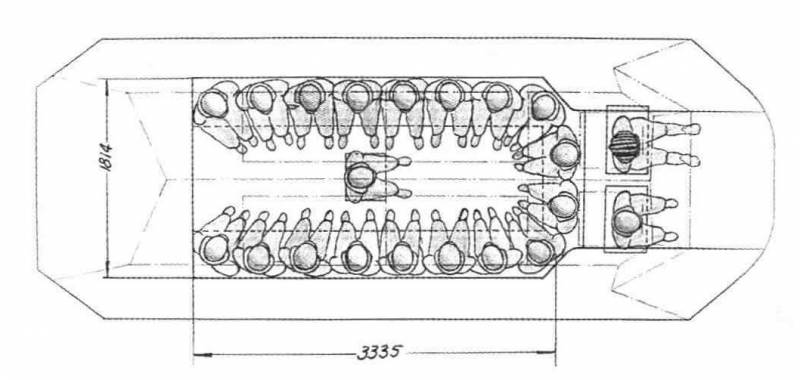
The layout of the troop compartment, envisaged by the project "1015". Drawing "Domestic armored vehicles. XX century"
In the stern of the hull there was a petrol engine ZIL-E129 with 180 horsepower. The engine was connected to a five-speed manual transmission, followed by a central inter-sided differential. From the transfer case, torque was delivered to the onboard gearboxes. The latter, together with the brakes, were located inside the armored hull. The onboard gearboxes of the two front axles differed slightly from the aggregates of the two rear axles, which was due to the presence of the turning mechanism.
The applied transmission led to very interesting results. Cardan shafts and gearboxes were placed directly at the sides of the case, and their covers did not differ in large sizes. Due to this, there was enough space inside the hull to accommodate a large number of paratroopers. In addition, this supply of free volume even allowed to reduce to a certain extent the overall dimensions of the hull without losing the basic qualities.
Two front bridges were made manageable. They received a special suspension arm. The loads were taken over by the coil spring and the hydropneumatic shock absorber inside it. On the two rear axles used a combination of torsion and spring suspension. High throughput should have provided large diameter wheels. All wheels were connected to a centralized pressure control system.
For movement on water, "Object 1015" received a water-jet propulsion, built on floating units tank PT-76. In the rear of the hull, on the sides of the power plant, there were two water conduits. Intake holes were placed on the bottom, nozzles - on the aft sheet. The drive of the water cannons was organized using the secondary shaft of the gearbox. Thanks to this, the control of the water cannon and the wheel propulsion was carried out independently and without mutual influence. The thrust of the water jet was controlled by changing the speed of the impeller, as well as by moving the damper on the aft nozzle. With the shutter closed, the water flow was redirected downward and forward through the corresponding slot in the bottom. Due to the use of special ejection nozzles, the water cannons also served as pumps for pumping water from the housing. On the water, a wave-reflecting shield on the frontal sheet should also be used.
In case of a jam, an armored personnel carrier was equipped with its own winch driven by a transfer case. This device could choose a cable, creating a force up to 4,5 TC. For towing damaged equipment there was a standard drawbar.
In accordance with the requirements of the army, the armored personnel carrier had to carry regular machine-gun armament. The project envisaged the use of a machine gun turret, placed on the roof of the hull. Such a combat module had a device for mounting a machine gun rifle caliber. Managing aiming and shooting was carried out manually. Circular shelling was provided with the possibility of attacking air targets. Machine-gun fire could be complemented by shooting from a personal weapons. The sides of the habitable compartment received a large number of embrasures with movable covers. If necessary, it was possible to shoot through open hatches.
On-board power distribution based on compact units, allowed to increase the available volumes inside the case. In front of the car, in the control room, there was a crew of two. Over their places were their own hatches. It was suggested to follow the road with the help of two large windshields, in a combat situation, covered with armor shields. With closed shields, the observation was carried out through periscopic devices on the hatches.
Directly on the transmission housings at the sides of the hull it was proposed to install benches for the landing. Optimal use of the available volumes allowed to place 18 seats in the troop compartment. Together with other paratroopers in the main compartment of the body was the shooter who controlled the machine-gun installation. Thus, the 1015 Object armored personnel carrier could take the 21 right away on board. However, in the initial version of the project, the troop compartment was not particularly convenient, and the 19 fighters had to sit as tight as possible.
For landing and disembarking from the troop compartment, it was necessary to use a large sunroof, equipped with four movable covers. Cover the top hatch could recline to the sides and go to the side, to a certain extent, increasing the level of protection of the hull. Access to the car was facilitated by a set of steps. The simplest devices of metal rods were above the gaps between the wheels.
Favorably differing from competitors by the design capabilities, the new BTR had similar dimensions. The length of the machine was 6,8 m, width - 2,5 m. With 450 mm clearance, the machine had a total height of just over 1,8 m, which was obtained through the optimal use of internal volumes. The combat weight was set at the level of 9,8 t. On the highway, the car had to reach speeds of up to 90 km / h, on the water - more than 10 km / h.
Developing a full-fledged project, launched in 1958, did not take long. By the end of the year, the Kutaisi Automobile Plant built a new type of experimental car. It almost completely corresponded to the existing project, but so far did not have turrets with weapons. The equipment passed the factory tests, during which it showed its advantages and disadvantages. It was found that the original layout of the body, combined with the special architecture of the transmission, provides the desired results. At the same time, the reliability of individual components and assemblies was insufficient. It also revealed the inconvenience of the troop compartment. The project needed the most serious improvements affecting the design of almost all systems and components.
The complexity of the required improvements led to the fact that in the process of refining the original project has become a new one. From a certain time, the promising BTR was designated as “1015B Object”. The new letter indicated a significant change in the original construction. In addition, the difference of projects in the most noticeable way manifested itself in the exterior of machines.
According to the results of the first tests, it was decided to retain the main features of the case, but the shape of the individual parts and layout had to be revised. In particular, the contours of the frontal part of the hull and sides have changed. So, instead of curved wheel arches, a long, common shelf of the same height was now used. The angles of inclination of the side plates have also changed. The use of new sheets has increased the manufacturability of production, as well as improved the level of protection against some threats. The maximum armor thickness still reached 10 mm.
The internal compartments of the hull were recycled, and their equipment has seriously changed. Now in the rear of the hull there was an engine ZIL-375 with power 180 hp Through a mechanical gearbox, torque was delivered to the transfer case, which was used to drive an H-shaped transmission with onboard power distribution, water cannons and a winch. With the help of side driveshafts, eight side gears connected to the wheels were driven.
The existing suspension did not pay off, and therefore it was radically reworked. The levers remained in place, but now they were supplemented by hydropneumatic shock absorbers that used nitrogen and oil AMG-10. Such a revision increased the smoothness of the course, and also allowed the suspension to be equipped with a clearance change system.
Transmission processing has led to the emergence of opportunities to increase the volume of the troop compartment. The capacity of the car remained the same, but the conditions for the fighters were now not so constrained. In the front and rear parts of the roof there are two pairs of hatches with single flaps. Another two smaller hatches were located in the center of the side plates.
To improve the protection of the assault force, a new design of roof hatches was proposed. As before, their covers could fit on the sides of the hull, forming a kind of multilayer armor. Also appeared locking mechanism of the covers in an upright position. Fixed caps could protect fighters when rushing through the roof. In addition, they could be used as shelters when firing from personal weapons.
The shoulder strap of the tower was finalized, but remained in the center of the roof. According to the idea of the authors of the project, the new design of the shoulder strap allowed in the future to use a new combat module with reinforced weapons. However, during the tests, experienced "Objects 1015B" carried conical turret with machine guns TKB-521T. Other systems were not tested. How could look promising tower with more powerful weapons - is unknown.
In the same 1960, two experienced 1015B Objects were tested. Since the new armored personnel carriers were very different from the basic “1015 Object”, they had to be built from scratch. For several months, an experienced model of the new model passed all the necessary checks on land and on water, showing its capabilities. The design characteristics of the machine, in general, have been confirmed. There were some difficulties, but in general the experienced equipment met expectations.
It should be noted that already at the beginning of the testing of the “1015 Objects” of the basic version, the fate of the project could have been predetermined. Due to the relatively late start of development work, ready-made experimental equipment appeared only a few years after competing machines of a similar purpose. Moreover, shortly before the start of factory testing of the Kutaisi armored personnel carrier, the Ministry of Defense managed to choose a new vehicle for the army. In accordance with the decisions of 1958-59, the Soviet Army should have adopted the BTR-60 armored personnel carrier, developed by the Gorky Automobile Plant. The further fate of alternative development was questionable, but it did not inspire optimism.
However, the specialists of the Military Academy of Armored Forces and SKB KAZ did not stop the work and continued to develop existing ideas. Based on the existing armored vehicle “Object 1015B” a similar-purpose vehicle was developed with the designation “1020”. Then came several other developments of technology for other purposes. In particular, one of the variants of a special wheeled chassis based on the “1015B Object” was intended for the installation of anti-aircraft missile systems.
However, due to various reasons, all the new developments of the Academy and SKB of the Kutaisi Automobile Plant could not advance further to the ground tests. None of these samples received recommendations for adoption and was not built in series. The main value of these projects for the domestic defense industry was to develop various ideas and solutions suitable for use on advanced armored vehicles. Some of the proposals subsequently found application in practice.
The work on the 1015B Object armored vehicle was completed in 1960-61, and soon the built prototypes ceased to exist. More unnecessary machines dismantled. Perhaps some of their units were used in the construction of prototypes of new models. Anyway, now the most interesting cars can be seen only in the few preserved photographs.
In the fifties of the last century, the Soviet defense industry developed several promising armored personnel carriers. For obvious reasons, all these machines could not simultaneously go into service, and therefore some projects were closed. Nevertheless, not even the most successful designs contributed to the development of domestic military equipment, but also could become the basis for new designs.
Based on:
http://denisovets.ru/
http://русская-сила.рф/
Stepanov A. History development of floating armored vehicles of the USSR and Russia. // Technique and weapons, 2000. No.8.
Solyankin A. G., Pavlov M. V., Pavlov I. V., Zheltov I. G. Domestic armored vehicles. XX century. - M .: Exprint, 2010. - T. 3. 1946 – 1965
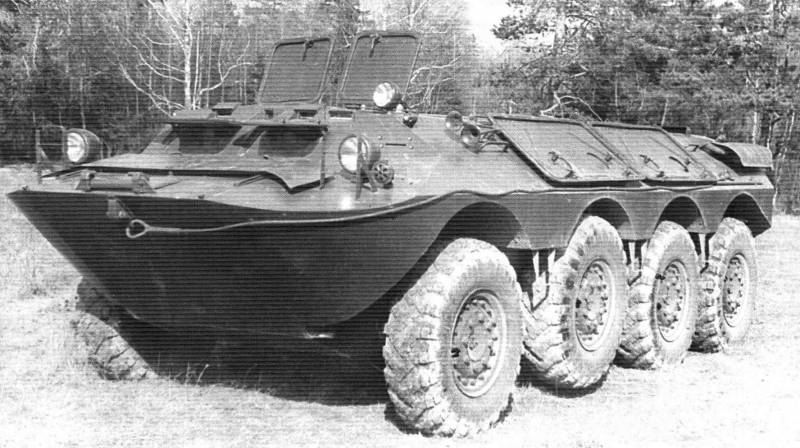
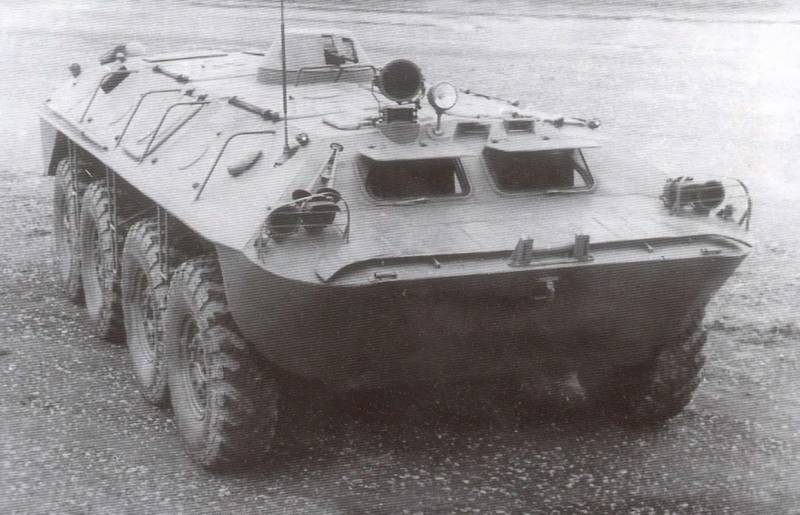
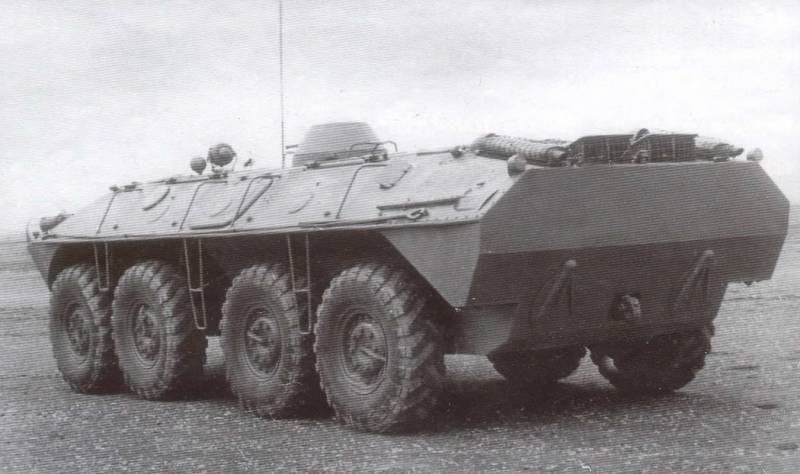
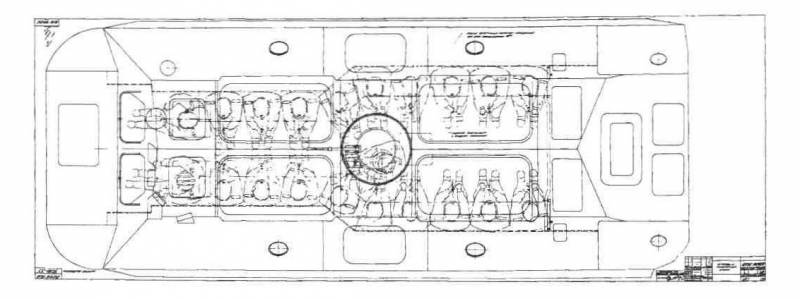
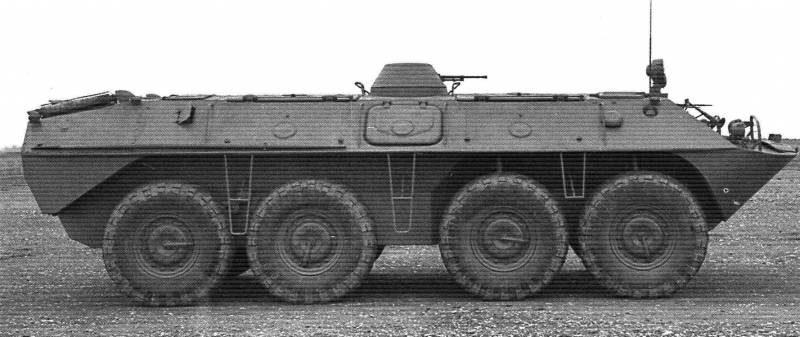
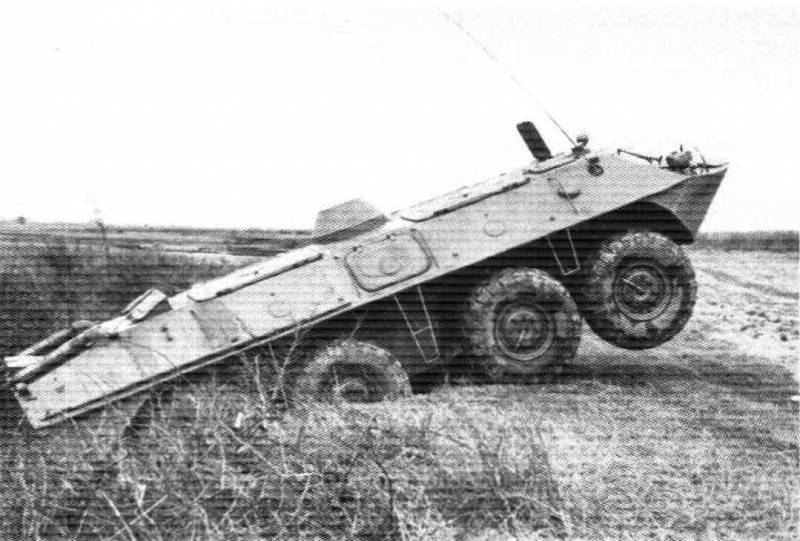
Information